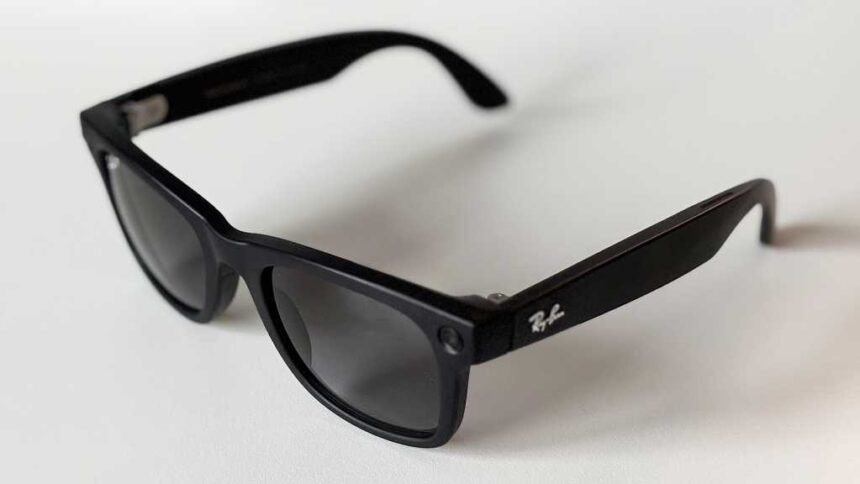Meta’s forthcoming smart glasses could emulate the Meta Quest headset by running on Android.
That’s the claim being put forward in a new Bloomberg report. Apparently, the forthcoming compact smart wearable, codenamed ‘Hypernova’, will run on a “highly customised version” of Google’s mobile OS.
This wouldn’t be the first time Meta has used Google’s platform as a base, with the likes of the Meta Quest 3 and Meta Quest Pro also running on a version of Android.
Android, but not as we know it
To be clear, this isn’t believed to be a reference to the Android XR platform that Google announced last year. Android XR (Extended Reality) is an operating system tailored specifically for such mixed reality headsets, and was developed jointly by Samsung, Google and Qualcomm.
Meta, however, appears to be taking a different path. The home screen of this new smart glass project will apparently project app icons onto its heads-up display for those applications that can take pictures, view photos, and use maps.
These Android underpinnings should also make it easy for the Meta smart glasses to mirror your smartphone notifications and pop them right in front of your eyeballs.
Interestingly, it’s claimed that there will be no direct app store on these new smart glasses. Just because it’s running on a version of Android, don’t expect direct access to the Google Play Store. Presumably any such tinkering would be handled on your phone.
Foundry | Alex Walker-Todd
While it will be possible to control the Meta glasses with direct swipes and taps, as with the company’s current Ray-Bans collaboration (pictured), there could be a second and far more intriguing control option.
According to the report, Meta will include a “Neural Wristband” in the box that picks up on gestures. The company showed off this more nuanced input method with its Orion concept in 2024.
It seems you’ll be required to stump up some serious cash for the Meta’s new smart glasses, however. The report claims that they’re set to cost in excess of $1,000. That’s cheaper than an Apple Vision Pro, but then, what isn’t?
Read the full article here












